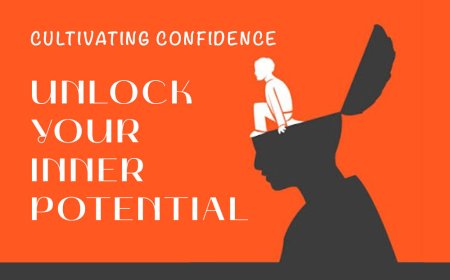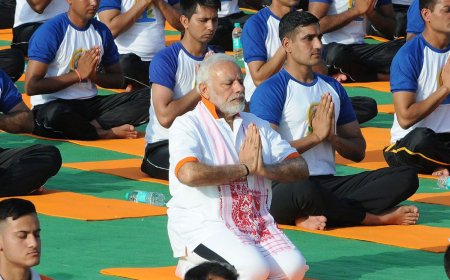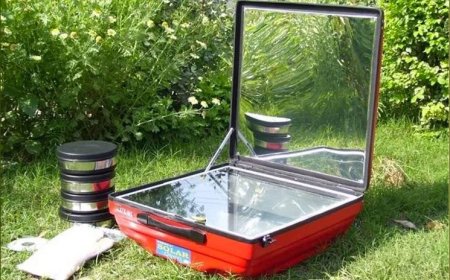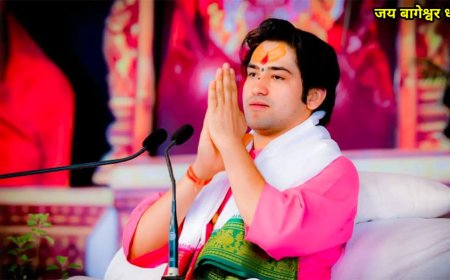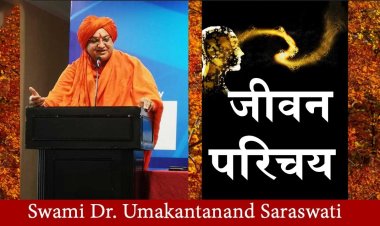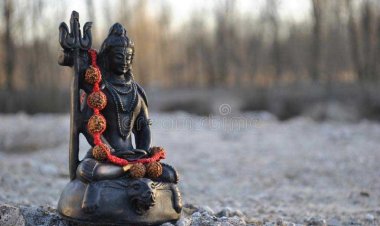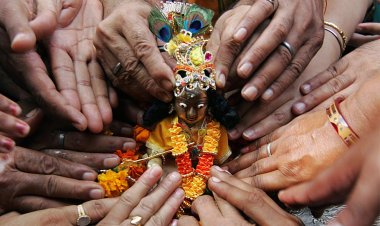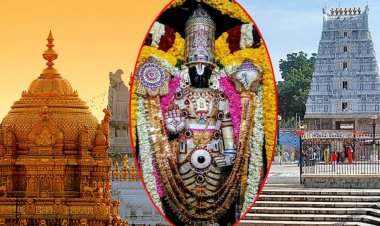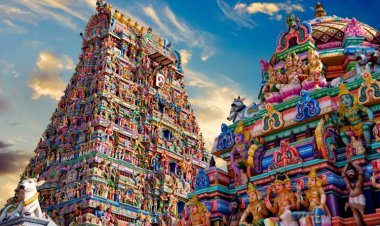Why do we move clockwise around the idol in temples?
I think the people who have answered here have not well explored this scientifically. The reason why we go clockwise is to augment our magnetic moment in the direction of the Earth's magnetic field so as to gain energy from it.
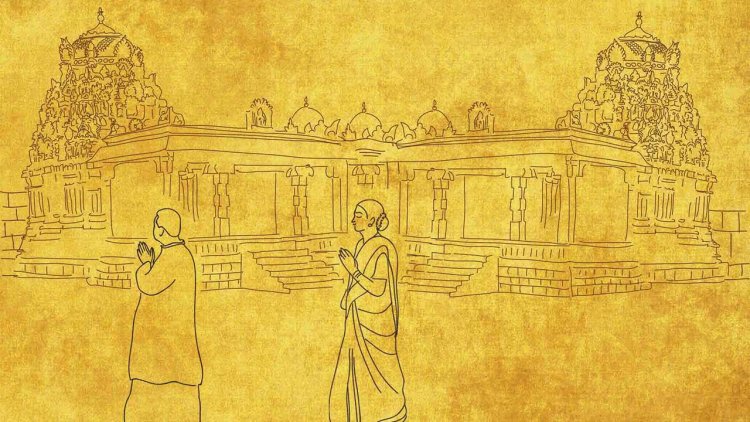
Pradakshina means circumambulation. Circumambulation means going in a clockwise direction, particularly in the northern hemisphere. In the northern hemisphere of the planet, this is a natural phenomenon. If you notice closely, many natural phenomena turn clockwise above the Equator and anticlockwise below it. It is not just with air or water, the very energy system functions like this.
This is why if there is an energetic place in the northern hemisphere, and you want to derive benefit from or absorb the energy, you must go clockwise around it. If you want to benefit more, your hair should be wet. If you want to benefit, even more, your clothes should also be wet. If you want to benefit still more, you must go around naked. But wet clothes are probably better than nakedness because the body dries up very soon. Clothes remain wet for a long time. So wet clothes are the best way to go around any energy space because you will receive it best – you are most receptive that way.
This is why every temple had a water body what was generally called a Kalyani. In Tamil Nadu, it is called a kulam. You are supposed to take a dip and go through the temple with wet clothes so that you receive the energies of the consecrated space in the best possible way. But today, most of the kulams have either gone dry or mostly gone filthy.
A Vortex of Energies
When you go clockwise, you are moving with certain natural forces. Any consecrated space functions like a vortex which means that it reverberates, and it also draws. Both ways, an intermingling of what we are referring to as the divine and what we are calling as the self, happens. The idea in this culture is that we don’t want to meet God, we don’t want to go to heaven and sit on his lap. Here, we want to become God – we are very ambitious people. We are not looking at seeing the divine. We want to realize and become divine. The idea of being in a consecrated space is to constantly allow this transaction to happen, so that gradually, the living body itself becomes like a divine entity. If you want, you can keep this body like a beast. Or you can make it like a sacred form or divinity.
Going clockwise around a consecrated space is a simple way of receiving this possibility. Particularly from the equator up to thirty-three degrees latitude, this is very intense. That is why we set up most temples within this region because this is where you get maximum benefit. You can clearly see that as you go up north, temples were set up mainly for devotion. In the south, the devotion aspect is there but the most important thing is they are scientifically constructed in a certain way – magnificent structures which took lifetimes to create.
Many temples took many generations of people to build. For example, the Kailash temple at Ellora, which was built by the Rashtrakutas took 135 years of work. That means four generations of people worked to the same plan, not changing a bit. That takes a different kind of humanity. Today, the whole of humanity has become such that, anything you give them, they want to do one silly innovation. It does not matter how silly it is, they want to leave their footprint on everything. Such magnificent temples were built, but no one left a name or initial anywhere to say, “I did it.” They simply worked and died without completing it. The next generation took it on, worked and died without completing it. The next generation came along, they worked and they died. They knew that someone is going to complete it.
What's Your Reaction?
 Like
0
Like
0
 Dislike
0
Dislike
0
 Love
0
Love
0
 Funny
0
Funny
0
 Angry
0
Angry
0
 Sad
0
Sad
0
 Wow
0
Wow
0







































